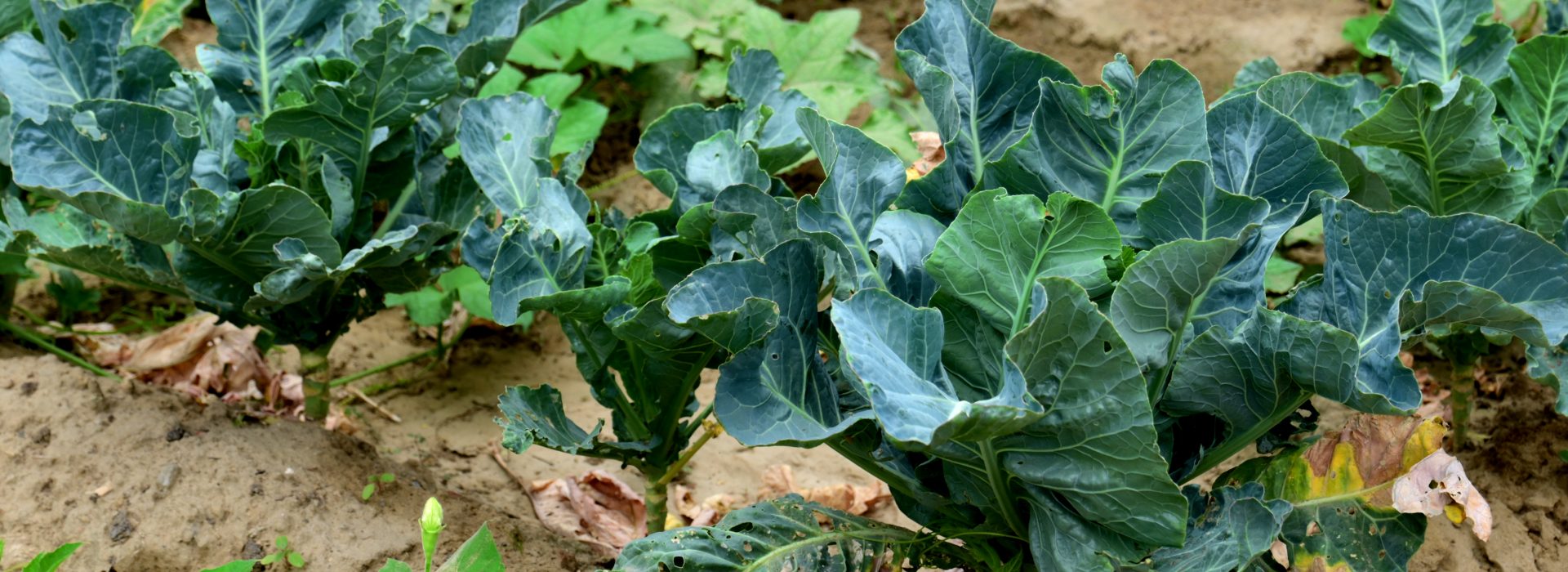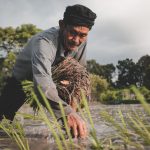Masanobu Fukuoka (1913–2008) was a Japanese farmer and philosopher celebrated for his natural farming and re-vegetation of desertified lands. He was a proponent of a no-till, no-herbicide grain cultivation method commonly referred to as “Fukuoka Farming” or “Do-Nothing Farming”. Masanobu Fukuoka’s approach to farming is highly dependent on local conditions and requires a deep understanding of your specific piece of land.
Here is a general guideline you can follow to apply his principles on your 5-acre plot:
Step 1: Understanding Your Land (Timeline: Ongoing)
The first step is to spend time observing your land. Understand its natural rhythms, the local climate, the local wildlife, and the types of plants that grow naturally in your area.
Step 2: Soil Preparation (Timeline: 1-2 Months Before Planting)
While Fukuoka did not advocate for tilling or the application of prepared compost, soil fertility is crucial for the success of this method. Start with a soil test to understand what nutrients your soil might be lacking. To improve soil fertility, consider planting a cover crop or green manure crop that can be cut and left to decompose on the field.
Step 3: Plant Selection (Timeline: During Preparation)
Consider what you want to grow. Fukuoka was known for growing grains like rice and barley, but you can apply his principles to other crops as well. Make sure whatever you choose to plant is well-suited to your local conditions.
Step 4: Seed Preparation (Timeline: 1-2 Weeks Before Planting)
Fukuoka was known for his seed balls or “tsuchi dango”. Mix the seeds of your chosen crops with clay and compost to form small balls. These will protect the seeds and provide them with initial nutrients.
Step 5: Planting (Timeline: Start of Growing Season)
Scatter the seed balls over your field. The exact timing will depend on what you’re planting and your local climate.
Step 6: Weed Management (Timeline: Ongoing During Growing Season)
Fukuoka didn’t believe in weeding in the traditional sense. Instead, try to keep your soil covered with plants at all times. This might be your crop plants, or it might be a cover crop that you’ve sown.
Step 7: Pest and Disease Management (Timeline: Ongoing During Growing Season)
In a Fukuoka system, pests and diseases are typically managed through balance. Encourage natural predators, and select plant varieties that are naturally resistant to the diseases common in your area.
Step 8: Harvest (Timeline: End of Growing Season)
Harvest your crops as they become ready. Try to disturb the soil as little as possible in the process.
Step 9: Post-Harvest (Timeline: After Harvest)
After harvest, return any plant residues to the field to decompose and add nutrients back into the soil. Depending on your local climate and the specific crops you’re growing, you might plant a cover crop to protect and nourish the soil until the next growing season.
Remember, Fukuoka’s method is about working with nature, not against it. It requires careful observation, patience, and a willingness to adapt and learn from the land. It’s not a one-size-fits-all method, and what works on one farm might not work on another. Always be willing to adapt your practices to your specific conditions and needs.












